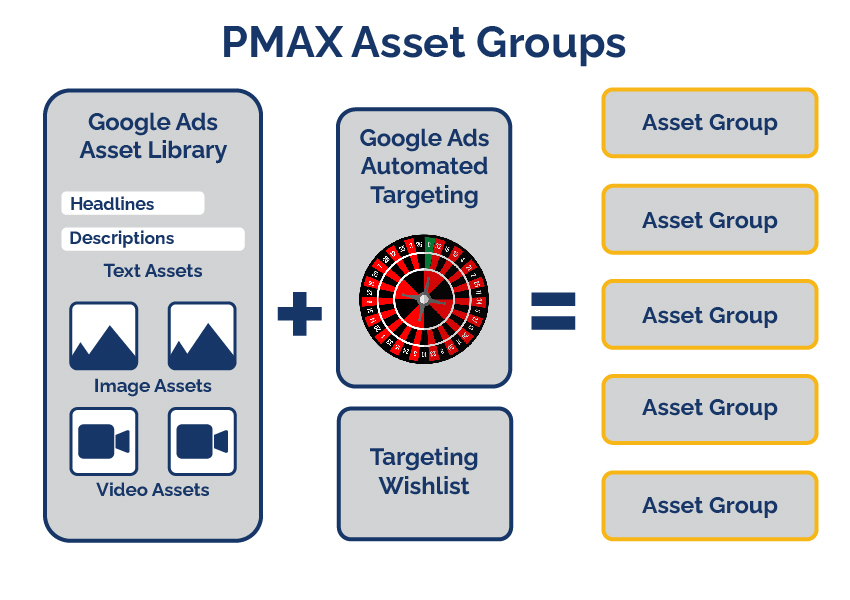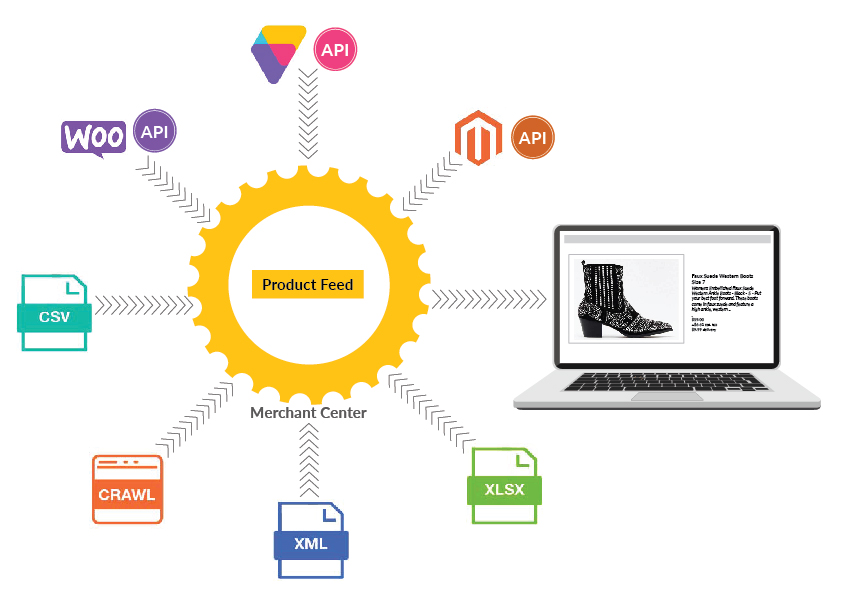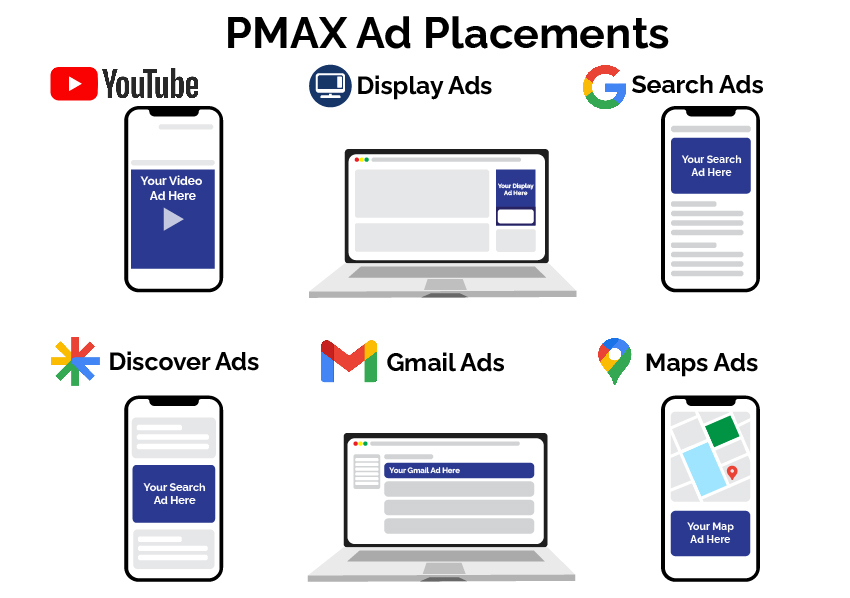PMax is Google Ads’ newest, and most automated ad type. Microsoft Ads has followed suit recently, replacing its Smart Shopping campaigns with their version of PMax.
Configure PMax Asset Groups
Asset Groups in PMax are containers populated with images, video, ad copy, and targeting information. This facilitates advertising SKUs on a product feed on advertising channels other than Shopping. Each Asset Group is attached to a Listing Group - a collection of SKUs from a product feed.
Listing Groups in PMax are similar to Product Groups in Shopping. They consist of a sub-group of products from a product feed. A listing group could contain an entire feed, but in most campaigns, it will be a subset or category of products.
The first objective when setting up Asset Groups is to populate them with assets representing the cross-section products in an underlying listing group. Along with good ad copy in a range of formats.






